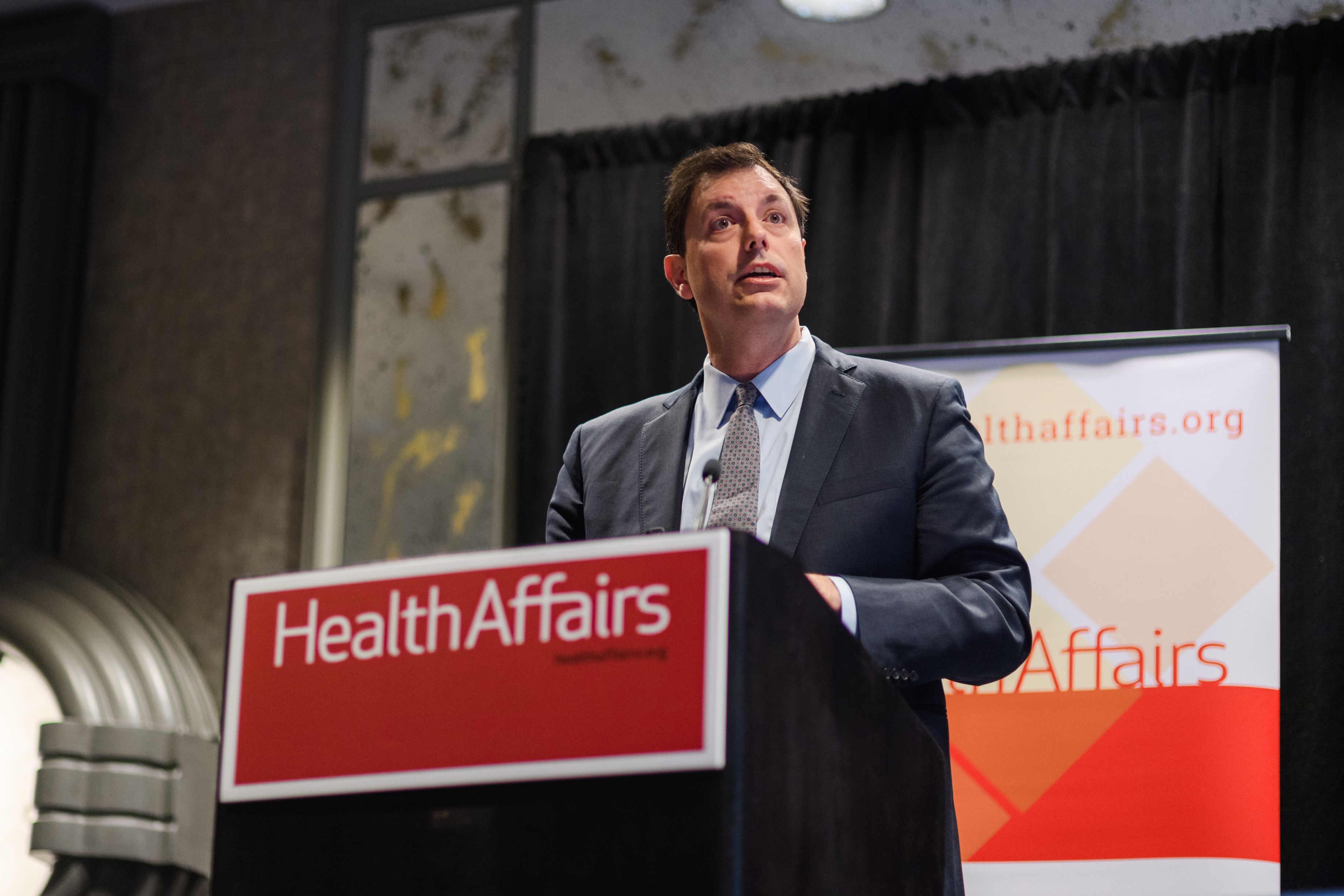
Options for senior care and housing have significantly increased over the last forty years. People have more variety and choice as they age, including in-home care and independent living communities. However, some older adults have less options than others as to where they live and receive services. Middle income older adults have largely been “forgotten” in the market for seniors housing and care. They are too wealthy to qualify for public assistance yet not wealthy enough to afford most private sector options.
A study in Health Affairs by David C. Grabowski, PhD, professor of health care policy, and his coauthors projects the cohort of middle market older adults in 2029. The authors examine the questions: Who are these middle market individuals? What will their care needs be? Will they be able to afford seniors housing & care?
The number of middle-income seniors in the United States is estimated to increase to 14.4 million by 2029- almost half of all seniors in the country. They will be more ethnically and racially diverse and more educated than today’s middle market cohort. They are projected to be more prone to chronic illness than the generations before them, and their health and mobility issues may require more care. Their lack of family and financial resources will make accessing this care very difficult. Importantly, Grabowski and colleagues project most middle income seniors in 2029 will not be able to afford senior housing and care. This has the potential to ultimately create a crisis for state Medicaid programs when these individuals spend-down their assets and become Medicaid-eligible.
The study team urged public policymakers to work with the private sector to address the issues of the forgotten middle-income seniors. Ideas on the private side include mixed-income communities, labor-saving technologies, use of family/volunteer caregivers and a la carte pricing. On the public side, potential ideas include blended housing-Medicare products, expanded Medicaid coverage for assisted living, and middle-income tax credits for housing. Public-private collaboration is key in ensuring that middle-income seniors are no longer forgotten.
On April 24, 2019, Dr. Grabowski and coauthor Carolyn Pearson,senior vice president of NORC at the University of Chicago, presented the results of their study at a Health Affairs Forum in Washington, DC. The discussion included comments from Jennifer Molinsky, PhD, senior researcher at the Joint Center for Housing Studies and lecturer at the Harvard Graduate School of Design, and John Rowe, MD, Julius B. Richmond Professor of Health Policy and Aging at Columbia University. The Forum can be viewed on the Health Affairs website.
This paper has received widespread media attention including stories in the Boston Globe, US News & World Report, Forbes, McKnight’s Senior Living , Modern Healthcare, and MedPage Today.